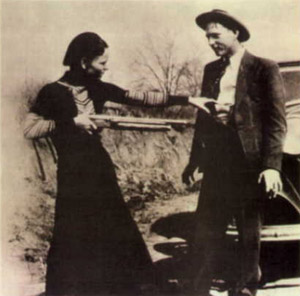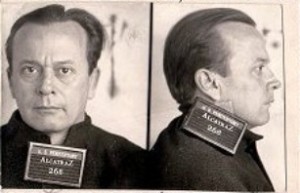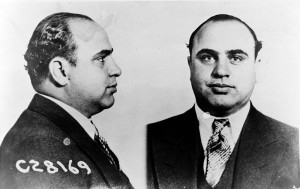People will always be fascinated with auctions of any kind. The passion for collecting and restoring antiques and other valuable goods is gaining in popularity as people’s interest in vintage items over new continues to increase. However, in terms of collectables, one man’s meat might be another man’s poison and a recent news story about an upcoming auction might just be about to further put this theory to the test.
Crime Scene Collectables
The public have always had a perhaps slightly grim fascination with anything crime or gore related and the interest in picking up items from crime scenes is not a new one by any stretch of the imagination.
A story published here in the New York Times tells of how a New Hampshire based auction room are preparing for a live sale at the  end of September, selling some of the most interesting and perhaps macabre collectables that have been purloined from the scenes of some famous crimes US History.
end of September, selling some of the most interesting and perhaps macabre collectables that have been purloined from the scenes of some famous crimes US History.
Bonnie and Clyde. Image courtesy of wikimediacommons
One of the most interesting parts of this auction will be the selling off of material relating to the crimes of Bonnie and Clyde. In particular, the sale of Bonnie’s Colt Revolver which was apparently strapped to her thigh at the time of her death. It’s currently estimated to fetch around $150,000 to $200,000. Accompanying the gun is a note, which is proof of it being genuine.
Also of interest are some of the more bizarre curios, such as hair pulled from the moustache of John Dillinger’s corpse, Al Capone’s white rosary beads and some sheet music he wrote to accompany the lyrics to a love song he’d written to his wife. Estimates for these items start from around $3,000 and go up to $10,000. It is claimed that at the time some of these crimes were committed, during the nineteenth and early twentieth century, police officers and law enforcers would actually hand people bloody relics or souvenirs of the people that they had gunned down and killed.
Al Capone. Image courtesy of wikimediacommons
The darker side of crime collectables
While the auction mentioned above relates to crimes that were committed many years ago, a report for dailyfinance.com from last year tells of such sites where more recent crime related items, such as letters of confession from murderers, artwork that they have done or even crime scene photos will sell for relatively large sums of money to interested collectors.
Naturally, this has quite disturbing and upsetting repercussions for the living family members of the victims of the crimes committed. They have branded such sites as sick, but the owners who sell the items say that they’re just as entitled to make a living as anyone else and that what they are doing is not illegal.
Indeed, the upcoming auction mentioned in the New York Times story was to have included some real crime scene photos that have since been pulled from sale, due to not only the content but fears that whoever bought them might try to publish them to a wider audience instead of keeping them for private interest only.
Popular auction sites such as eBay have a blanket policy on banning the sale of anything that might be deemed criminally offensive, such as memorabilia from crime scenes, no matter how old or what its provenance is.
It seems here that time and folklore seems to be the biggest factors in whether something is a genuine antique or whether it’s ghoulish and unacceptable. The rosary beads of Al Capone are perhaps of more historic interest than a piece of artwork or a photo being sold by a murderer from the last ten years or so.
The trend spreads to housing
 Arthur Barker. Son of Ma Barker and killed in an FBI Shootout at the family home. Image courtesy of wikimediacommons.
Arthur Barker. Son of Ma Barker and killed in an FBI Shootout at the family home. Image courtesy of wikimediacommons.
The trend has even spread into the housing market, with properties in which outlaws spent time hiding out coming up for sale. One of the more interesting is the home of Ma Barker, who was killed alongside her son during an FB shootout.
Interested parties might be keen to note there are still visible bullet holes in the walls from the 1930’s crime scene. Estimates reckon the property might go for as much as $1 million.
Some collectors who buy crime related items might wonder whether they need specialist cover for such pieces, but the truth is they can still be covered by an ordinary art and valuables insurance policy for the home. Anyone that has actually bought a property that was a bona fide crime scene, such as the Ma Barker house might need more specific preservation cover, with advice from the government on restoration, however. There are many places that can provide help and advice if you have purchased and are unsure of what to do regarding these sorts of antiques, so if in doubt talk to someone in the know if you have any issues with anything you have bought that needs insuring.
